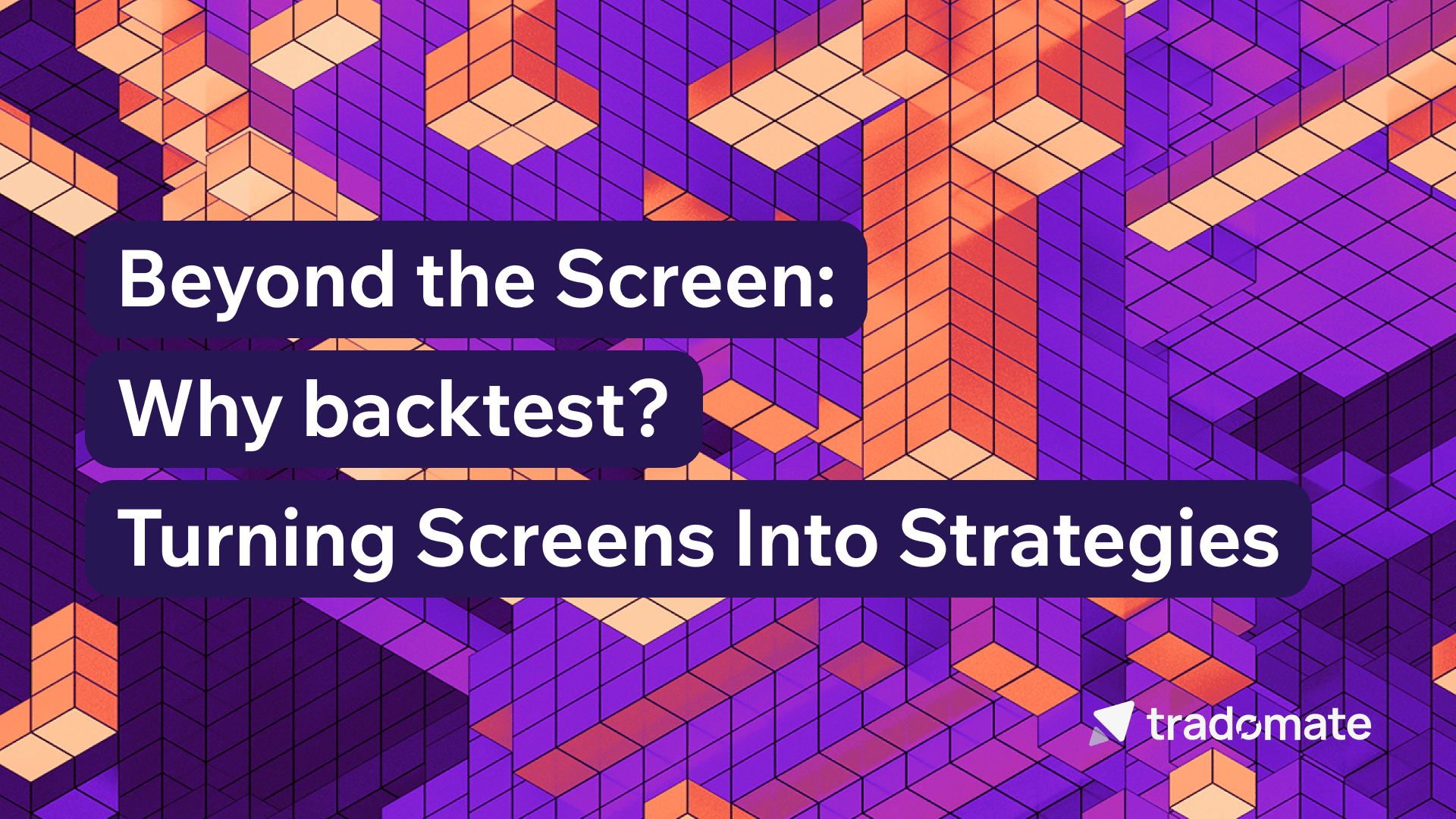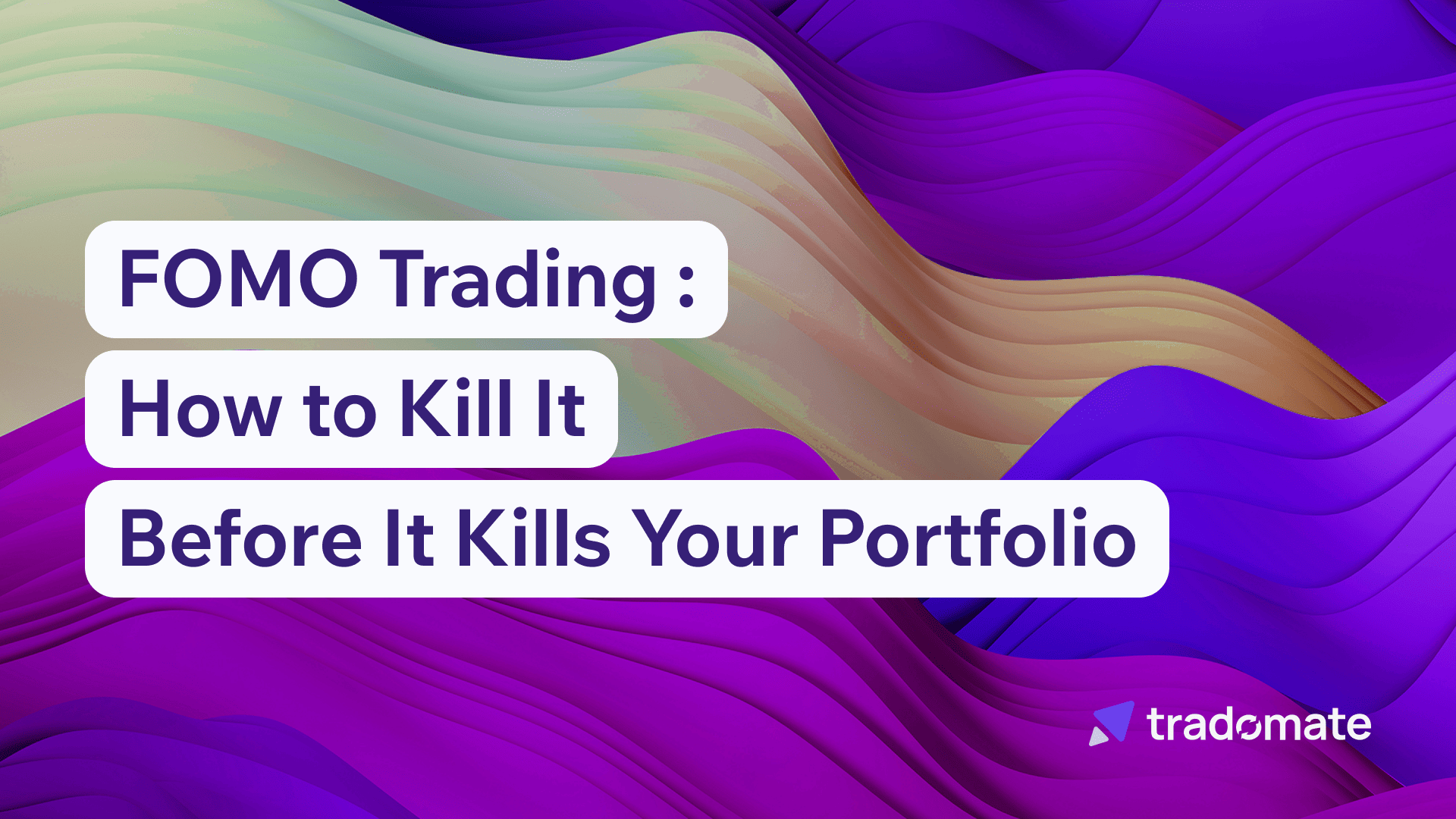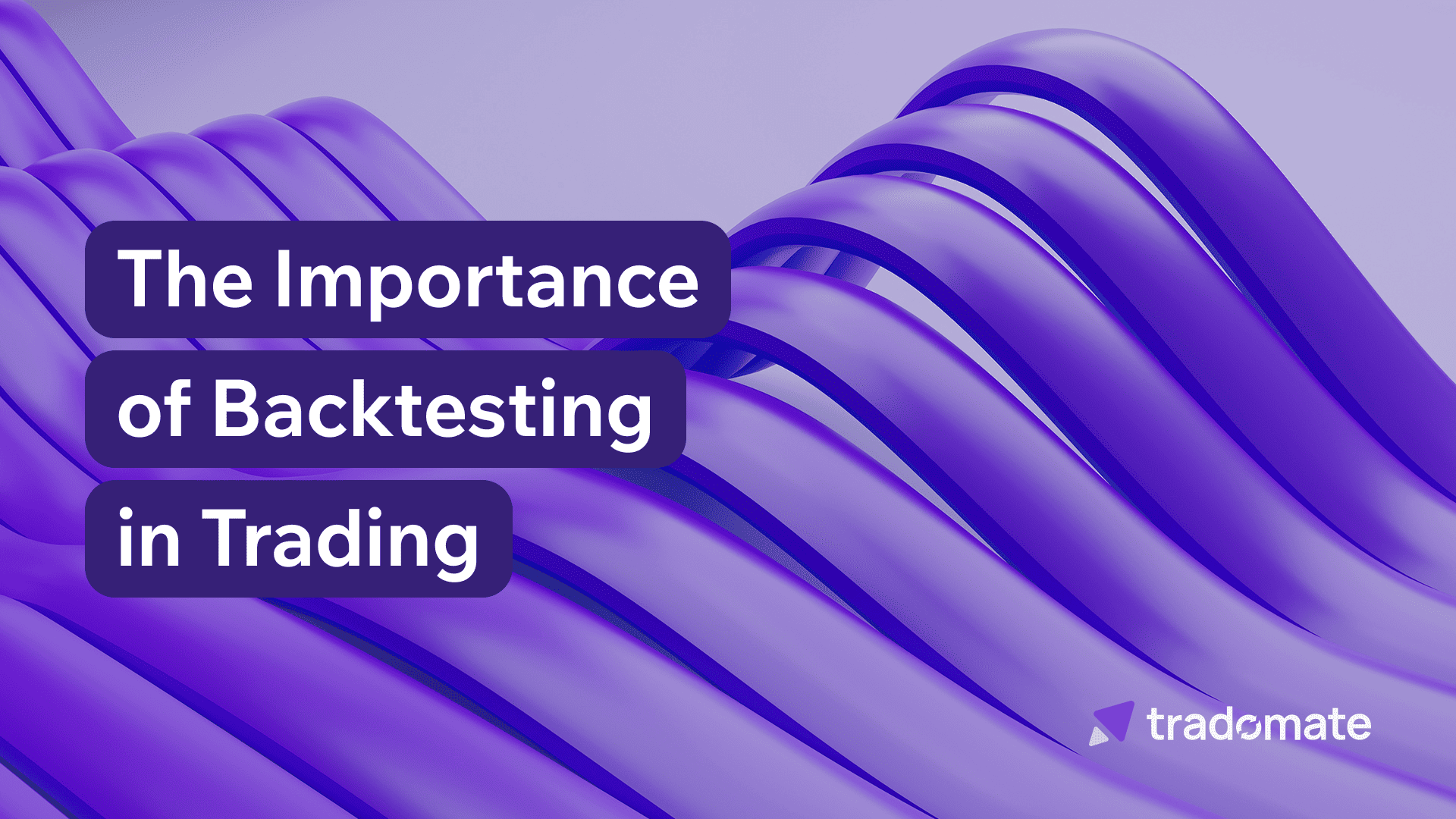Traditional screeners are restrictive for a myriad of reasons - outdated UX, overload of data, limited actionable insights and so on.
When we first envisioned Tradomate.one, we kept coming back to one idea: retail traders need stronger analytical tools and efficient-reproducible workflows to make confident trading decisions.
Tools powering these analyses are traditionally gate-kept by large financial institutions, and unsuspecting retail traders are often at their mercy. Tradomate’s screener was amongst our initial attempts to solve this imbalance. In this 3 part series let us explore -
- Why Backtest? Turning Screens Into Strategies
- When Screener Backtests Mislead: Pitfalls Every Trader Should Know
- Hands-On: Screener Backtesting with Tradomate.one
Disclaimer: The perspectives shared in this blog are primarily relevant for the persona of a swing trader or an intraday trader. Certain aspects discussed may not directly apply to long-term or value investing strategies.
Part 1: Why backtest? Turning Screens Into Strategies
In today’s context - the trading landscape is very diverse. There are a multitude of players offering varied services such as - screening, fundamental analysis, news platforms, charting platforms, price alerts, RM services, broking and so on. This abundance of players/platforms creates both opportunities and challenges for traders. Nonetheless, traders have their own preferences/routines with respect to how they use these platforms during their trading journey.
Before we dive into the need for screener backtesting, let us first break down the journey of a trade at a very high level. At each stage of this journey, different platforms and tools often come into play. A typical trade broadly follows these steps -
Step 1: Ideation and Identifying opportunities
This stage is often deeply personal and unique to every trader’s philosophy. Some traders lean heavily on news catalysts, others hunt for fundamentally strong stories, while many rely on technical setups or chart patterns that align with their playbook. The search for opportunities isn’t confined to a single platform-ideas can surface from a screener throwing up an unusual volume spike, a news website reporting sectoral tailwinds, exchange filings hinting at corporate actions, or even charting libraries flagging classic technical structures.

While some of these trading opportunities are quantifiable and can easily be applied as filters, elements such as news, technical patterns are hard to quantify and spot - requiring traders to filter through a lot of noise
Step 2: Research and Historical Trends
In some cases, this step flows naturally as part of ideation, but for most traders it happens right after an idea has been identified. Once a potential setup is on the table, the next logical question is: “how has this stock behaved in the past under similar conditions?” This stage is less about discovery and more about validation.
Broadly, the analysis here revolves around two things:
- Historical behavior of the setup - Has the stock demonstrated a tendency to move in the expected direction under similar technical or fundamental circumstances? Collating these occurrences provides a quick view of the average short-term returns - be it over a few hours, a couple of days, or even up to a week.
- Short-term volatility checks - Even if a setup looks promising, traders need to account for risks that could derail the trade. This includes sector-wide news, scheduled earnings or corporate announcements, analyst reports, or even broader market sentiment that could trigger volatility in the opposite direction. Identifying such red flags early can help avoid false positives.
This is typically a hard problem to solve. Most traders still resort to Excel-based workflows with minimal automation, manually pulling price data, news headlines, or technical indicators to build their case. The lack of streamlined tools often makes this process cumbersome, yet it is a critical filter before committing capital to a trade.
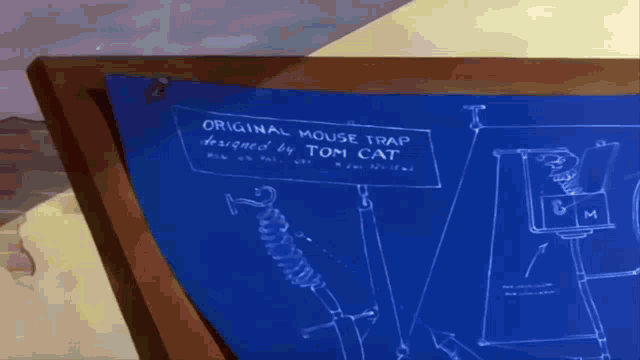
Step 3: Actionizing Analysis and Executing Trades
Once the research and historical validation are in place, the next step is to translate that analysis into action. This is where traders enter positions, guided by the rules and insights gathered during Step 2. A disciplined trader usually defines take-profit and stop-loss levels upfront, ensuring that every trade has a clear risk-reward framework before capital is deployed.
These levels are not arbitrary - they are often informed by how the stock has behaved historically in similar setups:
- Take-profit levels: Traders look at the average returns from past occurrences of the setup. If similar trades have historically delivered, say, a 3-5% move over a few days, the take-profit is usually anchored around that range. Some may also factor in the upper bounds of past returns to capture extended momentum while still respecting risk.
- Stop-loss thresholds: Just as important is understanding the downside. Historical analysis reveals the worst-case drawdowns or the variation in returns when the setup failed. This provides a statistical basis to set stop-losses - for instance, cutting the trade if it goes 2% against the position when that’s been the typical loss profile in failed setups.
- Holding period: Past data also helps define the time window. If similar setups have played out within 2-3 trading sessions historically, holding beyond that period may reduce the probability of success.
By grounding execution rules in data, traders remove much of the guesswork. Perhaps the most important factor here is discipline consistency. Successful traders stick to their setups and rules, resisting the urge to tweak decisions mid-trade based on emotions or biases.
Deviating from the defined framework not only undermines the specific trade at hand but also prevents meaningful learning and course correction in future trades. Staying true to the original trading philosophy allows for clearer feedback loops, helping refine strategies over time rather than introducing noise.
Step 4: Wait - Hope - Pray - Cry - Party
One or more of these emotions usually come into play once a trade has been executed.
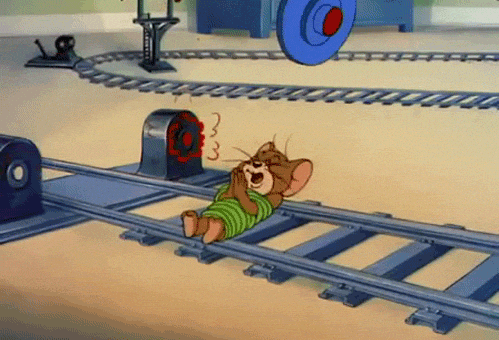
This step is primarily about reflection, feedback and monitoring. Beyond the immediate outcome of the trade, traders analyze how their philosophy and framework performed in the real world. Were the assumptions in Step 2: Research and Historical Trends valid? Did the take-profit and stop-loss align with actual price action? Did emotions interfere with Step 3’s execution rules? Collecting this feedback creates a loop for continuous improvement, refining not just the setup but the trader’s overall workflow.
Seasoned traders also recognize the need for a kill switch - an exit mechanism for situations where extreme or unforeseen events hit the markets. Geopolitical shocks, sudden regulatory changes, or black swan events can instantly invalidate even the most well-researched setup, and having a predefined contingency plan helps protect capital when such risks materialize.
Over time, this iterative process separates systematic, process-driven traders from those who rely solely on gut feel. The outcome of a single trade may vary - sometimes you party, other times you cry, but the real value lies in using every trade as a data point to sharpen future decisions.
Closing the Loop: Stock Screeners Must Evolve Beyond Filters
Backtesting stock screens allows us to track how a stock behaved during similar setups or estimating likely returns. Backtesting runs those historical checks systematically, surfacing insights on:
- How effective a screener’s filters have been in the past.
- The distribution of returns across similar setups (not just averages).
- Typical holding periods, drawdowns, and probability of success.
- Edge cases or red flags that could undermine a strategy.
Looking at this journey, it becomes clear that each step - from ideation to execution and reflection - is both essential and effort-intensive.
Screeners in this day and age should be able to go beyond filtering stocks. Traders are constantly toggling between platforms, stitching together data with minimal automation to make sense of it all. While this process works in principle, it is slow, fragmented, and prone to human biases.
Automating this workflow turns screens into strategies. It transforms a trader’s philosophy into something measurable, testable, and repeatable. This doesn’t eliminate uncertainty - markets will always carry risk - but it provides a framework to approach trades with more confidence and less guesswork.
